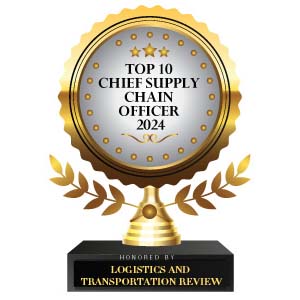Looking back on my career trajectory, I can see a series of pivotal experiences that prepared me for my current role at Eastman. My journey began as a sales trainee, which may seem like an unlikely starting point for someone focused on supply chain, but it was an invaluable experience. During those early days, I spent three months working as a customer service representative, which remains the only role I've held directly in supply chain. However, that brief exposure was enough to spark an understanding of the intricate link between customer needs and supply chain operations.
My time in sales, which spanned nearly eight years, covering a range of companies from large corporations to small businesses, and even distributors, was instrumental in shaping my perspective. This experience offered me a firsthand view of how crucial the supply chain is from the customer’s point of view. It wasn't just about getting products from point A to point B; it was about delivering value, meeting expectations, and ensuring satisfaction. Moving into marketing and product management roles further deepened my understanding. These roles taught me the importance of meticulous planning, seamless execution, and aligning our offerings to what was achievable and cost-effective, all while keeping the customer at the forefront. These early career experiences laid a solid foundation that continues to guide me in running a sound business model and driving profitable growth.
Overcoming Challenges in Supply Chain Leadership
One of the biggest challenges I've faced in guiding my team to deliver high-quality supply chain operations is combating complacency. Often, teams measure their success against past performances, believing they are excelling without considering the broader industry context. This inward focus can create a false sense of security, making it difficult to convince team members of the need for change and improvement. To overcome this, I’ve found that bringing data to the table and making a compelling case for change is essential. When you couple this with a clear vision and a well-defined pathway to success, team members can shift from skepticism to willingness to embrace new strategies.
Another significant challenge arises from our natural inclination to hope that problems will resolve themselves without proactively developing alternative solutions or contingency plans. This approach is risky because by the time the severity of an issue is recognized, it may be too late to implement the best possible solution. The supply chain crisis was a prime example of this, highlighting the necessity of creating our own pathways to success.








